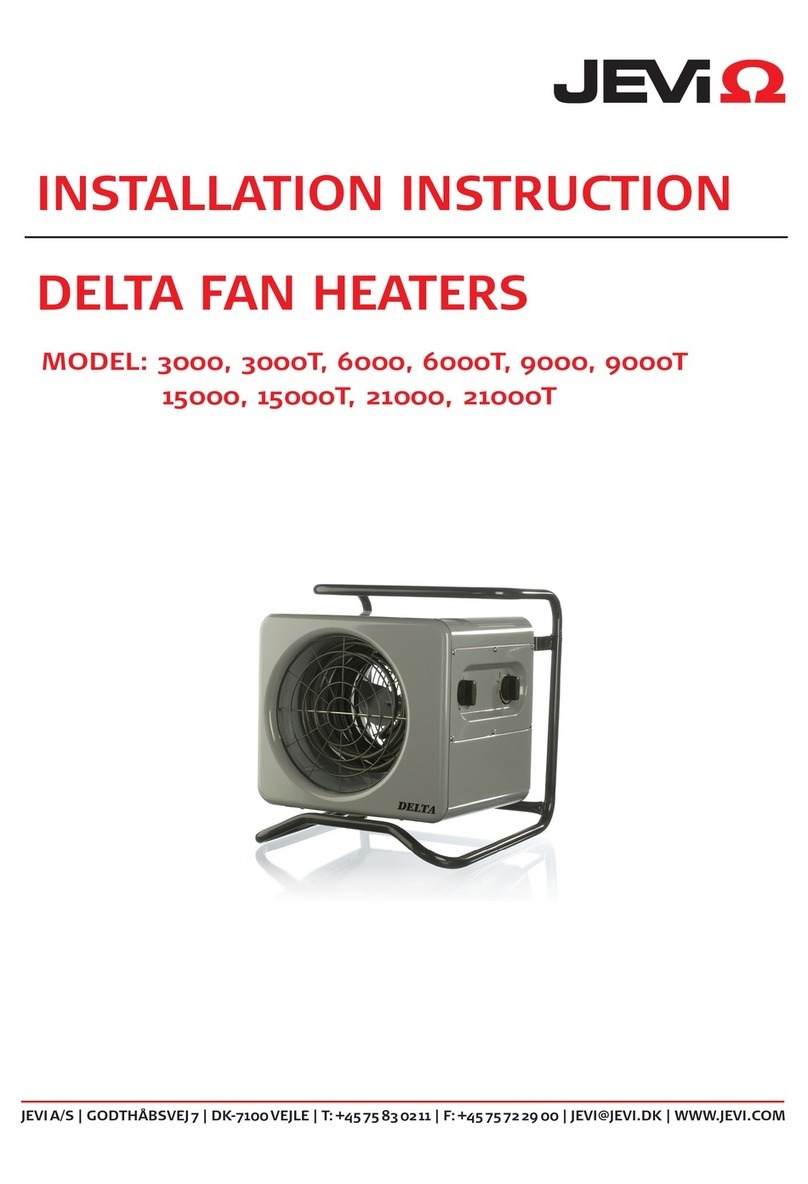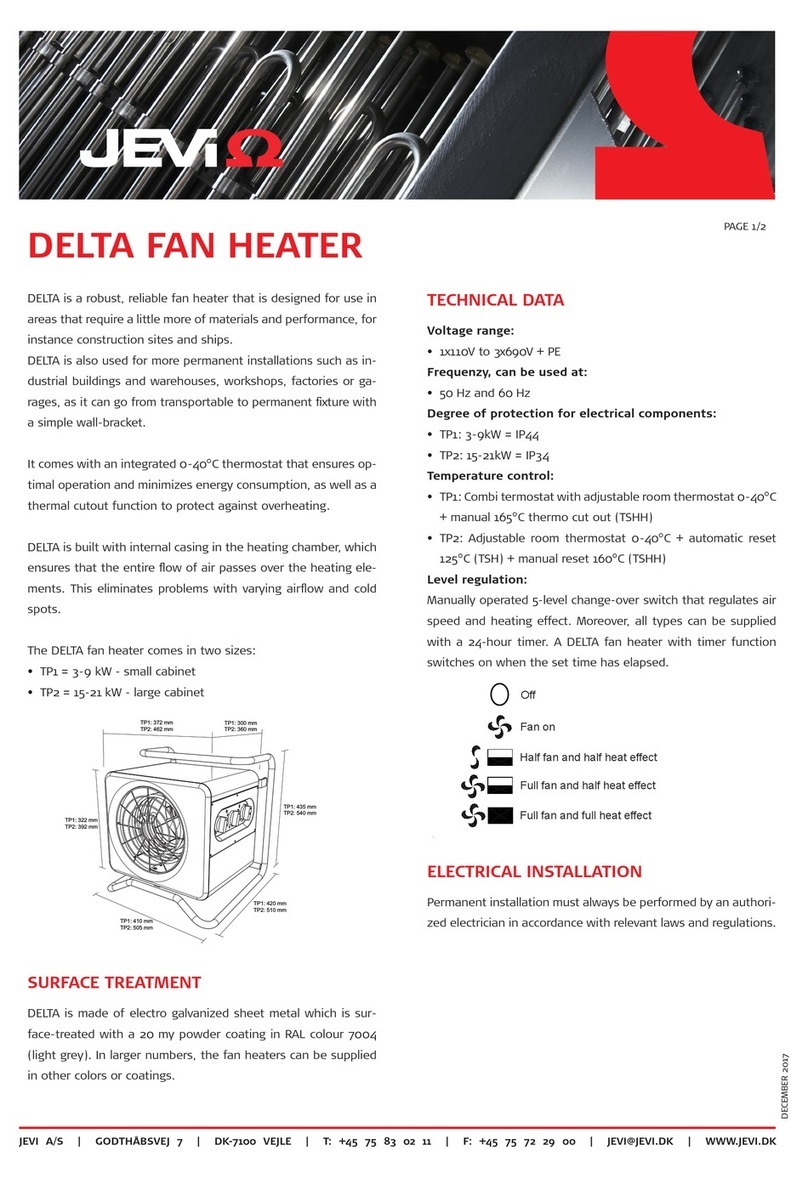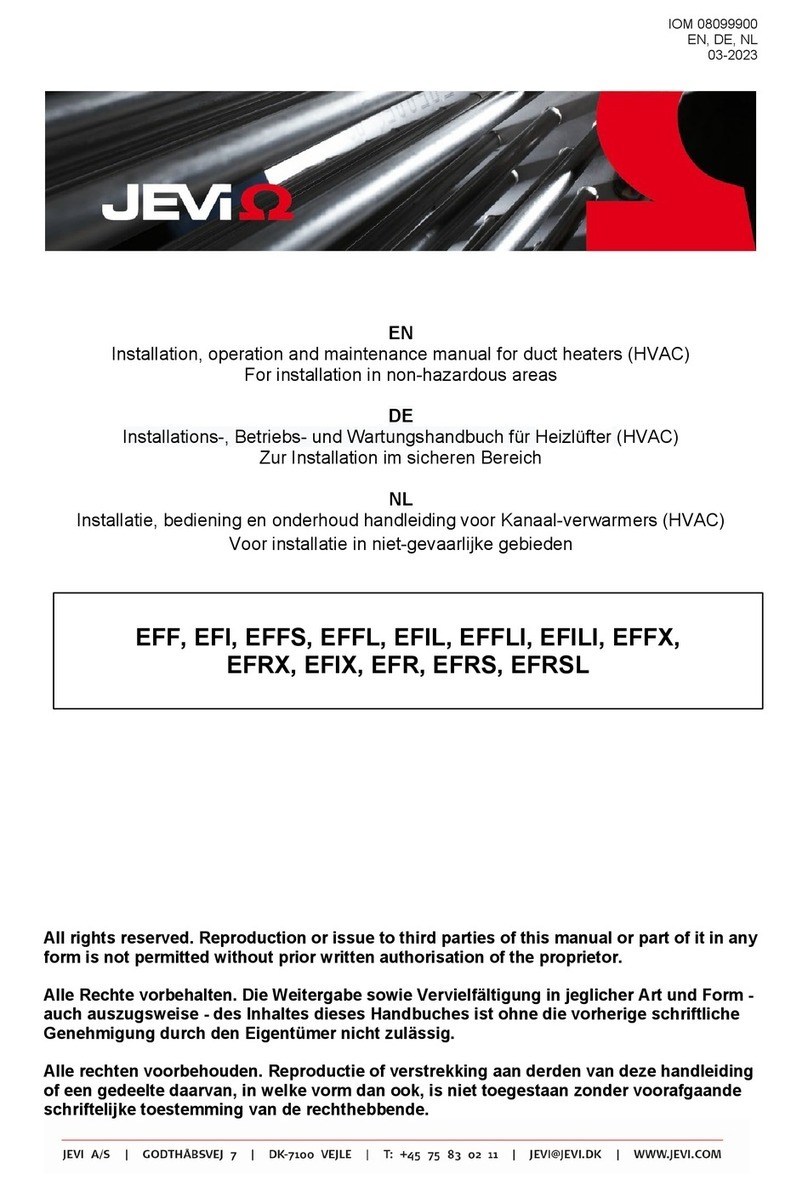08099901 1
Safety information .............................................................................................................2
Disclaimer .........................................................................................................................3
List of abbreviations ..........................................................................................................4
1.0 Introduction..................................................................................................................5
2.0 Description of product .................................................................................................5
3.0 Packing .......................................................................................................................7
3.1 Choice of the Packing Type.....................................................................................7
3.2 Wood treatment
.....................................................................................................7
3.3 Pallets
.....................................................................................................................7
3.4 Handling
.................................................................................................................7
3.5 Centre of gravity
.....................................................................................................7
3.6 Labelling and tagging of equipment /
Identification
.............................................7
3.7 Shipping marks / labelling
......................................................................................7
4.0 Transportation.............................................................................................................8
4.1 HVAC.......................................................................................................................8
5.0 Storage and preservation............................................................................................9
5.1 Preservation during the transportation and pre-installation period ...........................9
5.2 Preservation during the installation/construction period ...........................................9
5.3 Suggestion for preservation specification & record: ...............................................11
6.0 Installation instructions..............................................................................................12
6.1 General ..................................................................................................................12
6.2 Special conditions for safe use...............................................................................12
6.3 Heater Installation ..................................................................................................12
6.4 Adjusting Thermal couple / RTD, TSH thermal switch with auto reset ...................13
6.5 Adjusting TSHH thermal cut-off (Thermal couple / RTD)........................................13
7.0 Start up......................................................................................................................14
7.1 Before energizing the heating elements.................................................................14
7.2 Shutting down the heater........................................................................................14
8.0 Operating instructions ...............................................................................................15
9.0 Maintenance instructions...........................................................................................16
9.1 Maintenance and service plan................................................................................17
10.0 Trouble shooting......................................................................................................18
11.0 Disposal instructions ...............................................................................................19
Notes:..............................................................................................................................20































